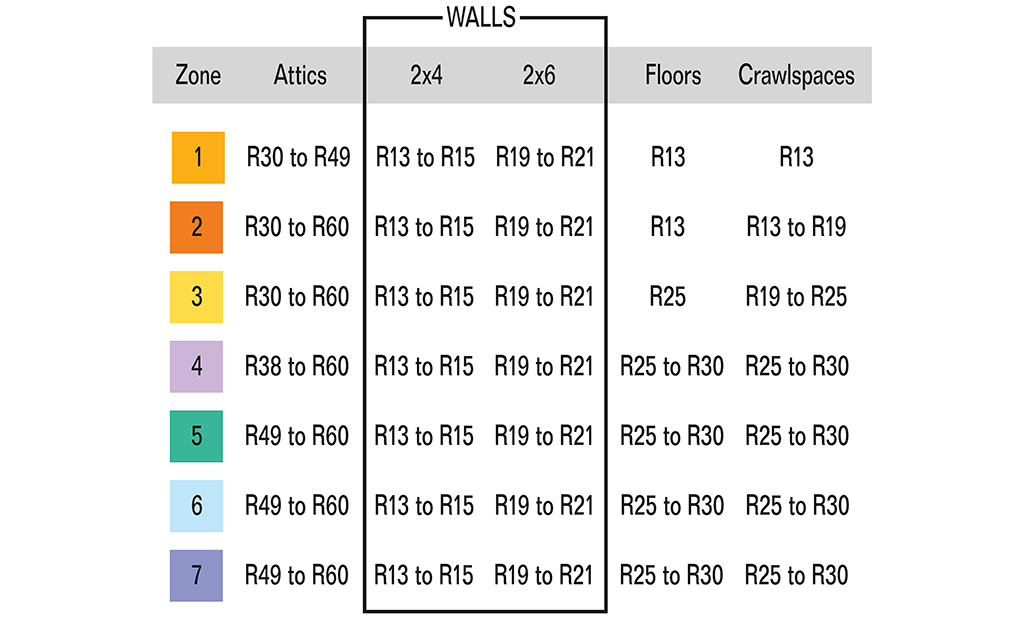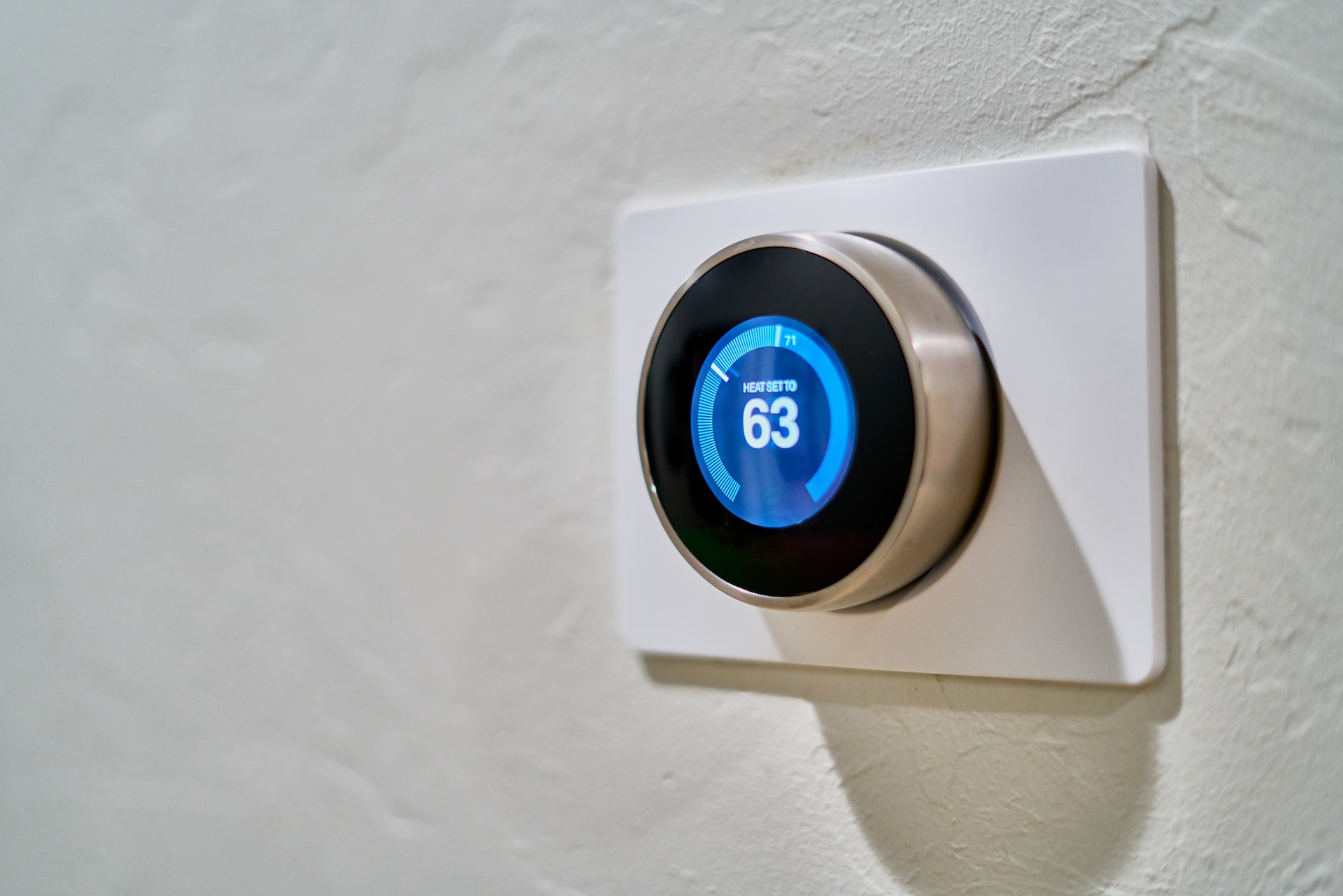Why should we conserve energy?
Money
As we all know, at the end of the month, we all get that bill from the electric company with numbers that we wish were a lot lower. These numbers can decrease significantly if you change a few habits and practices around your house.
Environment
Around 80% of the world’s energy is produced by burning fossil fuels – including oil, coal and natural gas. The impact that we have observed is alarming, from sea level rise, extreme weather (as seen this year in India, Pakistan and China), biodiversity loss and species extinction, and food scarcity. Conserving energy will help reduce this impact.

8 ways to conserve energy and save on your electric bill
There is a large misconception that you have to give up on certain comforts and make big changes to conserve energy. But that is not true. Just by making a few changes and creating new habits you can make a huge difference to the environment and to your wallet.
Here are 8 ways to conserve energy that you and your family can implement without impacting your quality of life. You can start by implementing just one or two ideas first, and then, when you are comfortable, introduce new ones – that way you won’t feel like your life has changed so much and you become overwhelmed.
1 . Replace your light bulbs.
Traditional incandescent light bulbs have been used for more then 150 years, and have changed the way we live. But they consume excessive amounts of electricity and their life span is not that long. Switching your light bulbs to more energy efficient ones, like LED that use up to 90% less energy and last up to 25 times longer, not only will save on your electric bill but will also save on your light bulb purchases.
2. Insulate your home
Most of the heat loss in your home is due to bad insulation. But lucky for you, insulating your home has never been easier than today. There are a number of materials available to choose from and many different variations to suit your unique requirements as well as tools that make choosing the best option easier. Take for example the R-value. The R-value is the measurement of an insulation sheet’s ability to resist heat flow. The insulation level you should install depends on the area where you live. Your attic, wall, floors, basement and crawl space are the main areas you should focus on.
If you are on a budget there are also a lot of great insulation options.
- Buy or make your own door snake with some old clothes and some dry beans or rice. This will stop cold air flow inside your home and also keep the bugs away.
- Buy some heavy insulating curtains. Depending on the climate in your area, you can use these curtains to trap the heat inside or keep it from overheating your rooms.
- Apply window film. This is probably one of the cheapest and most effective ways of managing the heat in your home, and you won’t even notice they are there.
Another way you can conserve energy is by insulating your water pipes. Adding insulating pipe sleeves will keep the water from losing heat into the surrounding cold air, therefore needing less energy to maintain that perfect water temperature you love.

3. Drop your refrigerator temperature
Most of us won’t pay attention to the fridge’s temperature. A refrigerators recommended temperature is between 39F (4c) – 41F (5c) and your freezer should be about 0F (-18c). Having your refrigerator 2F (1c) colder increases energy consumption by 5 to 10%. Get yourself a thermometer and keep an eye on your fridge’s temperature to save money at the end of the year.
There are a few other things you can do to help reduce energy consumption, for example, regularly defrost your freezer. Having built up ice on the freezer walls as little as 2mm can increase the energy consumption as much as 10%. Make sure your fridge has enough space behind to breath. Not having enough space behind the refrigerator can cause it to overheat and consume more energy. Also check the door seals regularly to guarantee that no warm air can get inside your fridge. That will help maintain the right temperature and not consume extra energy.

4. Do full loads of laundry
One of the easiest ways of conserving energy is to simply wait for a full load before turning your washing machine on. Washing machine energy consumption ranges from 300w/h, for the modern more efficient ones, up to a whopping 1500w/h for older models. Piling up your laundry and running the washing machine less times means you can save lots of energy. Other things to take into consideration; hot water usage. If you don’t have a hot water source near your washing machine and you are using the machine’s internal heating source, that can skyrocket your energy consumption. Consider using cold water and only using hot water when necessary.
5. Purchase energy efficient appliances
This one is a little trickier, but if you are about to buy new appliances for you home, either because you have to replace an old one that is not working (remember to recycle your old appliances) or, you just need something new, always check the annual operating cost. In some cases the initial purchase price might be a little higher than a lesser energy efficient one, but in the long run it will payoff. On average, energy efficient appliances can consume 9 to 25% less energy.
When looking for energy efficient appliances you should look for appliances that have the Energy Star label. The Energy Star label is a federal guarantee that the appliance consumes less energy during its use and when on standby, than the standard models. How much varies from model to model, is where the Energy Guide label comes in to help you conserve energy.
The Energy guide label is required on all appliances, by the manufacturers, and provides information about energy consumption. It includes an estimated yearly operational cost, which depends usage and your utility rate, as well as telling you the estimated yearly electricity use. With these values you can compare it to other models and brands to make assure you get the most efficient machine to help you conserve energy.

6. Install energy efficient windows
Windows are a big contribution to energy waste. On average you might loose 10 to 25% of energy through your windows. We talked about applying films to your windows, but that will only get you so far. To reduce heat loss through your windows, you can replace your single-pane windows with double-pane windows. If you live in a cold place, gas-filled windows can significantly reduce the heat loss, therefore reducing the heating bill and energy consumption. If you do live in a warmer climate, you know that heat gain through windows can be a problem, having gas-filled double windows will help reflect the heat and maintain a cooler home.
7. Install a programmable thermostat
A lot of energy is consumed throughout the day because people don’t want to come home to an overly-cold or overly-hot house. With a programmable or smart thermostat you can pre-set your home’s temperatures for different times of the day. You can, for example, set the thermostat to heat up your house just an hour or two before you get home, or if you live in a warmer climate, you can set it to start cooling your home before you arrive. A programmable or smart thermostat can conserve energy and save you a lot of money per year.

8. Change your daily habits
This might be the cheapest but hardest one to achieve. Humans are creatures of habit, and habits are hard to break. When it comes to conserving energy and saving on your electric bill, changing a few habits can make a significant impact and it does not require any financial investment. It can be as easy as turning off the lights when you leave a room or turning off appliances when they are not in use.
Another way to conserve energy is by reducing use of big energy items, for example hanging your clothes to dry instead of using the dryer, or washing your dishes by hand instead of running the dish washer. These small changes might not be easy to get used to, but by slowly applying them, your wallet and our planet will thank you.







